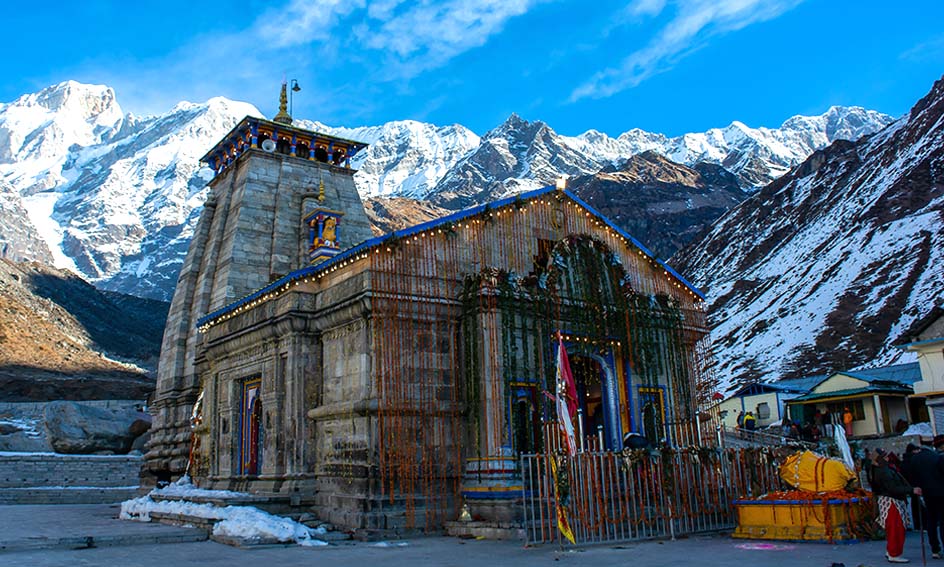
Zed Black Awarded As ‘The Pride Of India’ By Exchange4Media
April 28, 2022
Mr. Ankit Agrawal, MDPH Director & Partner Featured In The Hindu Business Line
June 8, 2022
Derived from the Sanskrit word ‘kedara’ meaning ‘field’ and natha meaning ‘lord’, Kedarnath simply means ‘The temple of the lord of the field’. Located at the Garhwal Himalayan range near the Mandakini River in Uttarakhand, the temple is dedicated to Lord Shiva. It is among the twelve Jyotirlingas of Hindu temples.
Surrounded by a snow clad mountains and mesmerising views, the beauty of Kedarnath is a sight to behold. The temple holds a special place in the hearts of Hindus. Every year thousands of worshippers take the pilgrimage to attain the divine blessings of Lord Shiva.
Even though its origins can be traced to the Hindu mythological epic, Mahabharata, the present temple is believed to have been constructed by Adi Shankaracharya in the 8th century. It is believed that after the Mahabharata war massacre, the Pandavas sought forgiveness from Lord Shiva upon the advice of Lord Krishna. However, Lord Shiva remained elusive. In the form of a bull, he finally reached the place where the temple stands today.
Since the Pandavas continued to pursue him relentlessly, Lord Shiva sank deep into the ground, his hump remaining visible above the surface. Today, you can see the enormous Nandi Bull seated on a platform almost 6 feet high at this location.
With faith in their hearts, devotees make a challenging pilgrimage to this mighty jyotirlinga, as they seek to find the inner source of their existence, every step of the way. Chanting the divine name of ‘Shiva’, as they lift their spirits walking along the river Mandakini, waiting and yearning for the moment when they finally reach the peak to witness the sanctitude, only the most fortunate do. Inside the temple, as worshippers bow in front of the consecrated shivalinga, they experience a state of serendipity, greatly enhanced by the aromas of incense sticks and the ringing of sacred bells. As the Sambrani cleanses the surroundings of a holy place, one would hope to cleanse their soul, as they seek a blessing at the mystical Kedarnath.
Ancient texts describe the use of agarbattis in temples and at home as a means of communicating with the divine. By indulging in deep meditation, one can offer Lord Shiva pure and utmost devotion. Sacred and powerful scents such as Sandalwood and Rose can create a focused, calming and divine aura that is perfect for worship. These fragrances stimulate and evoke the spiritual senses and the uninterrupted recitation of ‘Om Namah Shivay’, together takes the worshippers on an incredible spiritual journey.

The best time to visit Kedarnath is between May-June and September-October. Since landslides and floods are very common in the area, it is suggested to avoid travelling during extreme winters and monsoons. The temple only remains open from April end to November beginning.














